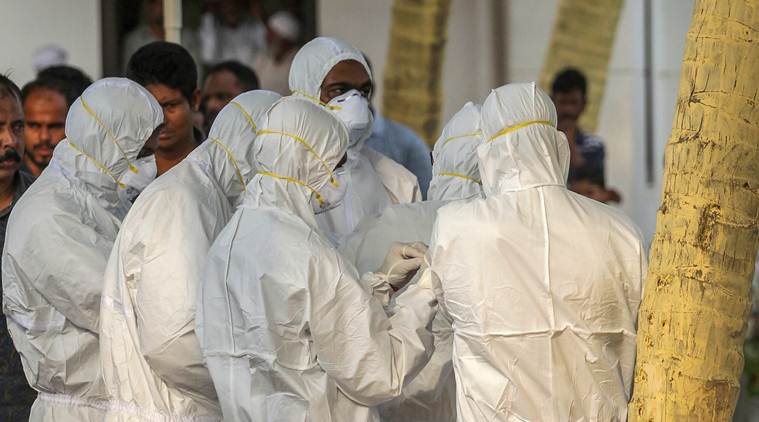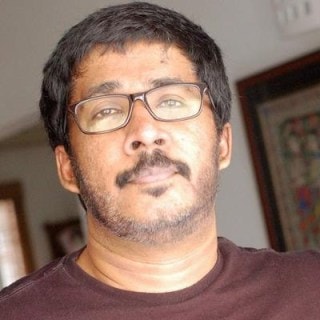Why Rahul Gandhi was right in his criticism of Kerala’s health sector
There are multiple studies that show a very high share of household income -- particularly among the poor -- going to medical expenditure, which also leads to catastrophic expenses.

The brief references to Kerala’s health and education sectors by Congress president Rahul Gandhi in his public address on Sunday have triggered a severe backlash from the ruling CPM. Led by the health minister KK Shailaja, the party apparatus has launched a counter-attack against Rahul Gandhi alleging that he has humiliated Keralites by making wrong charges against the health and social sectors that the state prides itself in.
KK Shailaja even drew a parallel between Rahul Gandhi’s references to Prime Minister Narendra Modi’s remarks some time back in which he reportedly said that the infant mortality among the tribal people in the state was comparable to that of Somalia. The message of Shailaja and the party cadres, which also include hundreds of cyber-proxies who troll and bully political rivals on social media besides writing long Facebook-essays on critical issues, was very simple: Rahul slighted Malayalees with his health and education remarks exactly like Modi did with his Somalia comparison.
But, did Rahul say anything wrong?
A close look at Rahul Gandhi’s speech shows that he didn’t. All he did was asking questions such as where the hospitals and schools were that everyone could access.
The minister in her retort was not specific about Rahul’s remarks, but repeated the exemplary basic health indicators of the original “Kerala Model of Development” that had long since become a human development legend across the world. She also reeled out numbers of hospitals, assistance given to people and names of some of the schemes that her government was undertaking and even claimed how people were coming from all over the world to seek medical treatment in the state. And certainly she was right in claiming the state had first rate health infrastructure. However, not even once, did she address the two most critical questions: who owns most of them and who pays for people’s health. When Rahul Gandhi rhetorically asks where the hospitals are, the message clearly is if people have universal access to healthcare.
Shailaja’s wounded pride and rebuttal, echoed by party cadres and proxies, may sound true in terms of numbers, but what it hides under the carpet is a dangerous anomaly that can rollback Kerala’s hard-earned development gains. She is right about the state’s health infrastructure, but most of it is owned by the private and corporate investors. Who pays for the health bills when people fall sick and who pays for maintaining the state’s pride of place in health – that’s the real story that Shailaja or none of the development specialists from the CPM-stable wouldn’t talk about. It’s truly a scary story.
A few critical facts would dispel the popular narrative that Shailaja repeated and would point to some merit in Rahul’s political questions: the out-of-pocket expenditure for health is the highest in Kerala (means, the financial burden of healthcare on people in the state is the highest in India), Kerala has one of the most privatised health sectors in India which according to various studies range from 65 to 90 per cent (means majority of the people go to private hospitals, and not government hospitals, for their healthcare needs), and since the 1990s, the state had recorded one of the steepest declines in public health investment (means the state is still resting on past glory). A 2014 state government report (Twelfth Five Year Plan Expert Committee Report) citing the National Health Accounts said that the share of the private sector in the state’s healthcare was as high as 90 per cent. It also said that 12 per cent of rural and 8 per cent of urban households had been pushed into poverty because of high healthcare bills.






































No hay comentarios:
Publicar un comentario